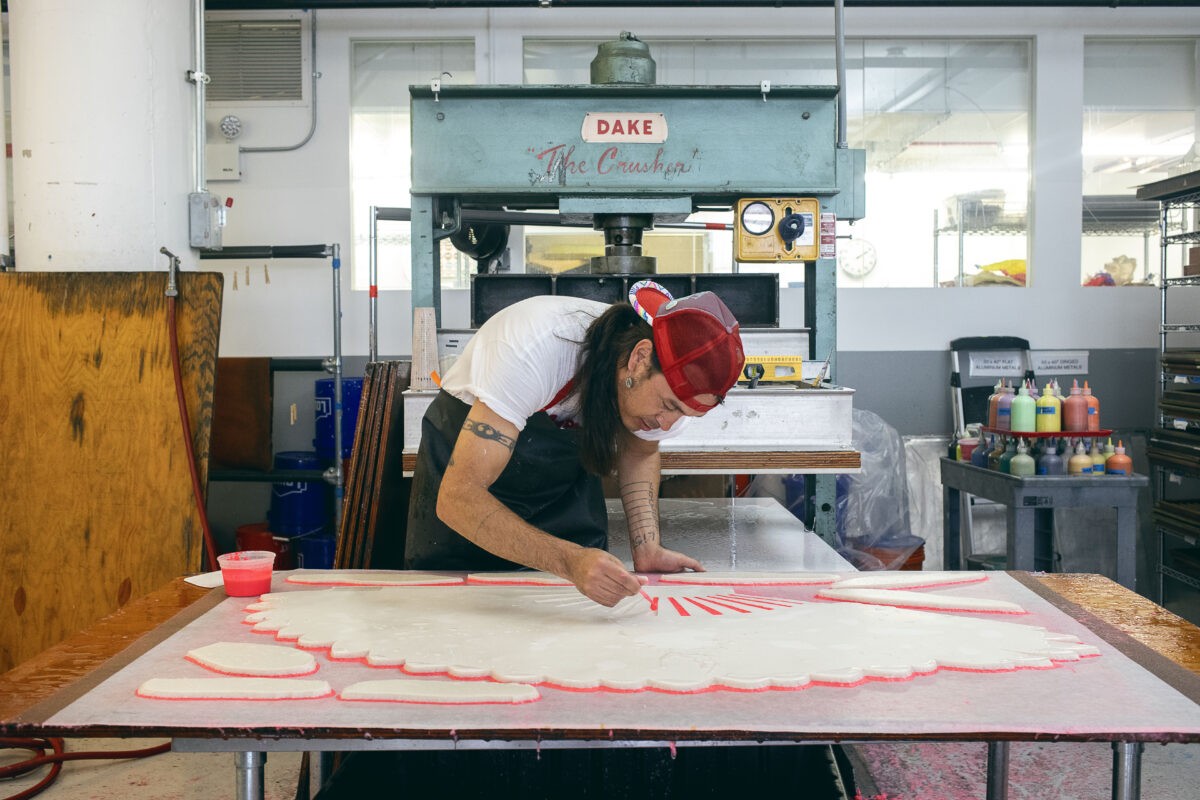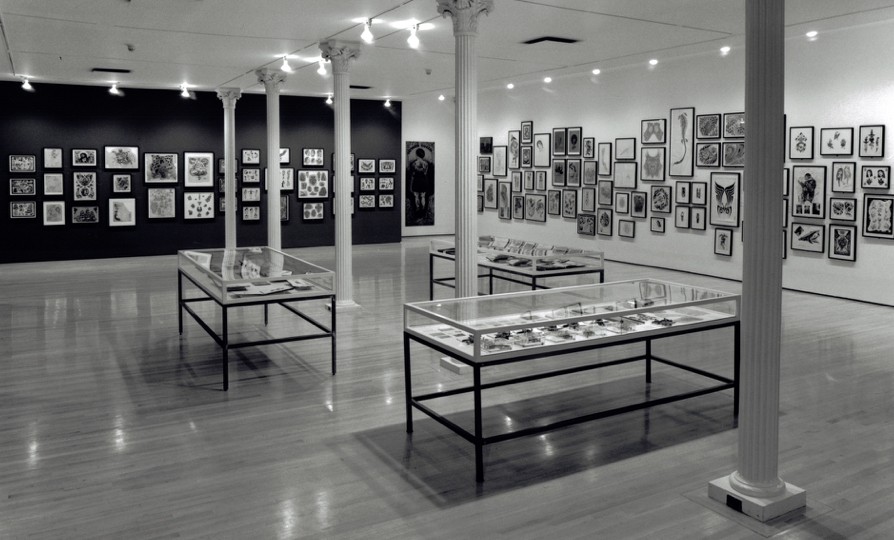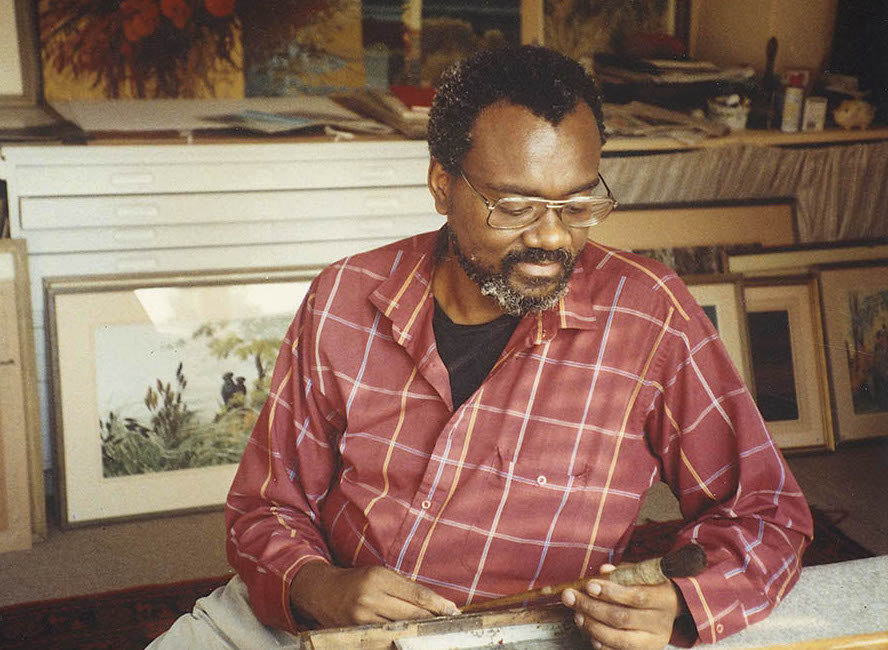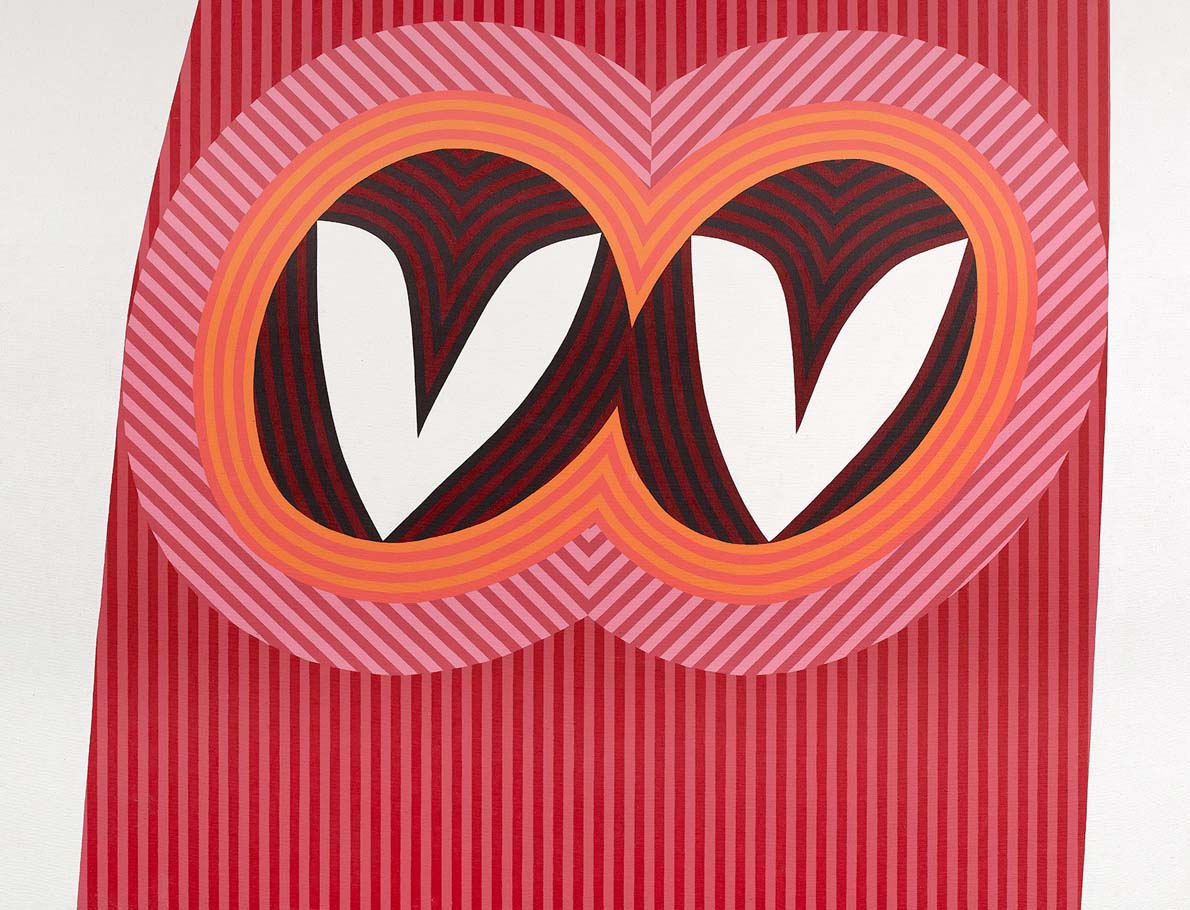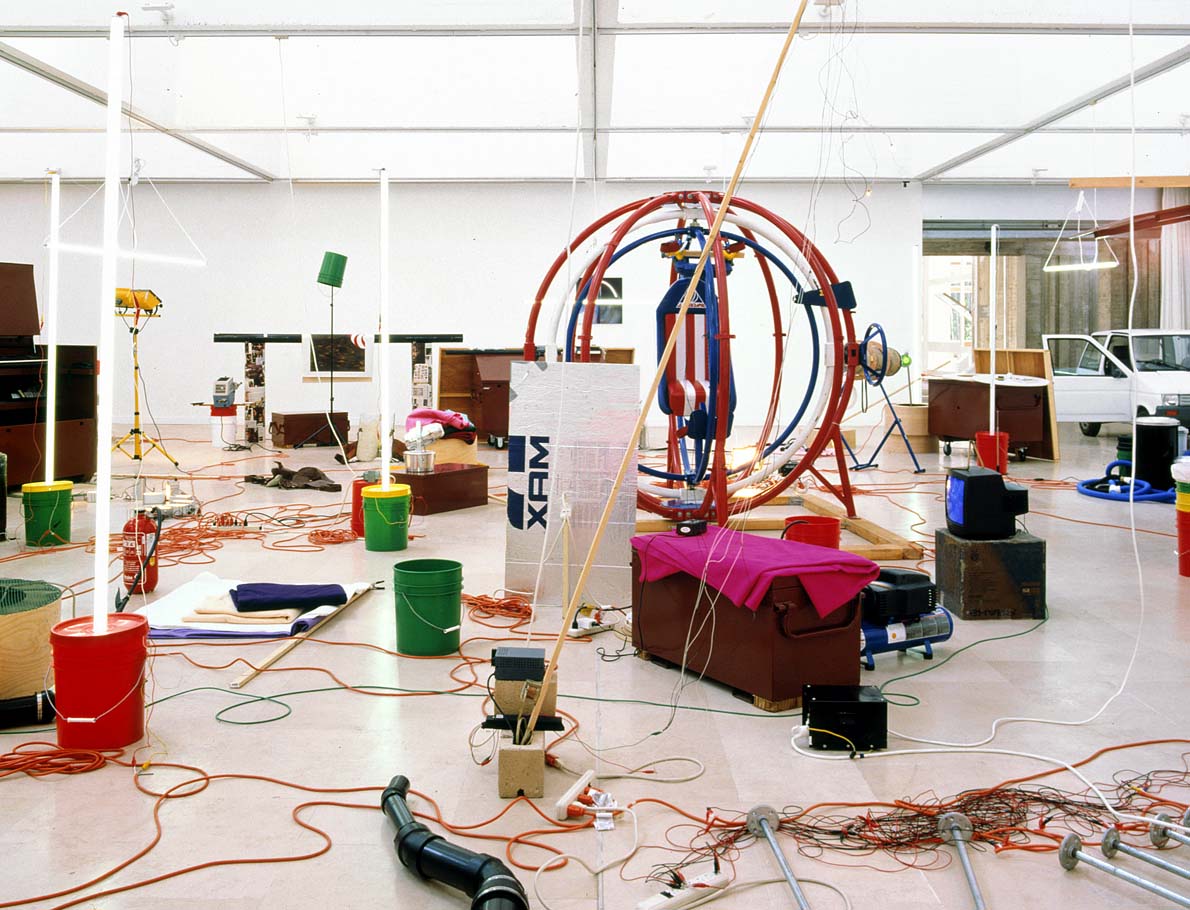While most of the art world’s focus is on artworks, it is largely through archives that the histories of artists, movements, markets, and activism are told. Through their open-ended complexity, they offer alternatives to the usual art-historical narratives. This is one of the reasons we focus our energies on preserving artists’ archives and making them available to broader publics.
In-House Archiving Program
How do We Define Archives?
Research + Access
Dieu Donné Archives
Hauser & Wirth Institute is processing the institutional archives of Brooklyn-based papermaking organization Dieu Donné.
The Drawing Center
The Institute is digitizing a portion of the institutional archive of The Drawing Center, and facilitating the donation of the full archive to a major research library.
Jesse Murry Papers
The Institute is processing and selectively digitizing the archive of painter, poet, and art critic Jesse Murry, and will support the Jesse Murry Foundation in finding a permanent home for donation of the collection.
Mary Dill Henry Papers
The Institute has processed and digitized the papers of American abstract painter Mary Dill Henry. This archive includes sketchbooks, photographs, letters, artist statements, press clippings, and records of Henry’s professional graphic design work.
Jason Rhoades Archive
We are processing and digitizing the archive of Jason Rhoades. The archive comprises material documenting the artist's monumental, room-filling installations, along with slides, photographs, receipts, correspondence, drawings, notebooks, and audiovisual material.
